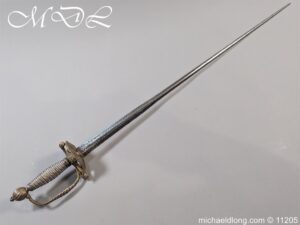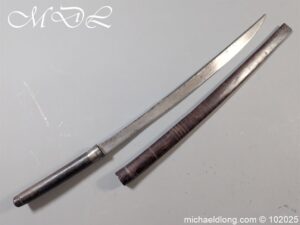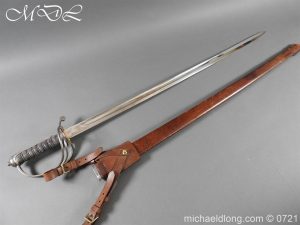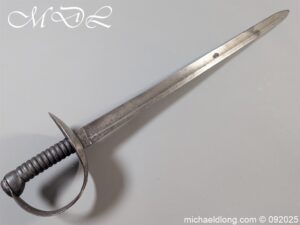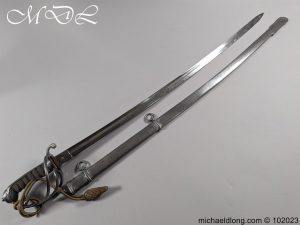For Sale
The following items are listed by for sale by users of the site and dealers. They are in no way endorsed or guaranteed by www.oldswords.com
Add a Classified ItemYou can also receive regular email notifcations when items match your keywords. To recieve them just register or logon at the top right of this page.
- Nation : British
- Local Price : £625.00
- Nation : British
- Local Price : £620.00
- Nation : American
- Local Price : 850.00 USD
- Nation : -
- Local Price : 835.00 USD
- Nation : British
- Local Price : £600.00
- Nation : British
- Local Price : £600.00
- Nation : Spanish
- Local Price : £600.00
- Nation : British
- Local Price : £600.00
- Nation : German
- Local Price : £595.00
- Nation : British
- Local Price : £595.00
- Nation : British
- Local Price : £595.00
- Nation : British
- Local Price : £595.00
- Nation : Swedish
- Local Price : £595.00
- Nation : British
- Local Price : £595.00
- Nation : British
- Local Price : £595.00
- Nation : -
- Local Price : £595.00
- Nation : -
- Local Price : £595.00
- Nation : British
- Local Price : £595.00
- Nation : British
- Local Price : £595.00
- Nation : Burmese
- Local Price : £595.00
- Nation : British
- Local Price : £595.00
- Nation : British
- Local Price : £585.00
- Nation : British
- Local Price : £585.00
- Nation : British
- Local Price : £580.00





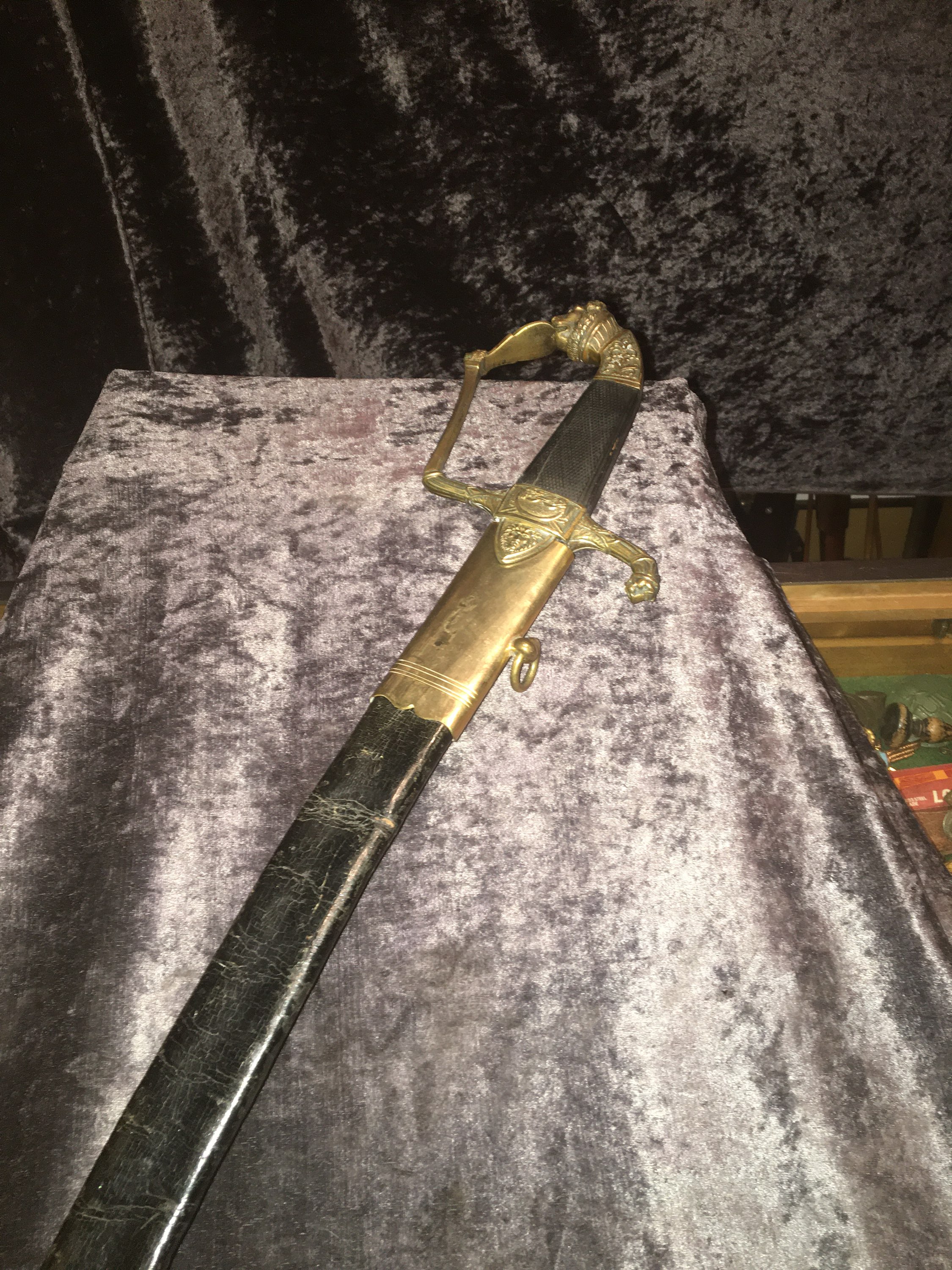
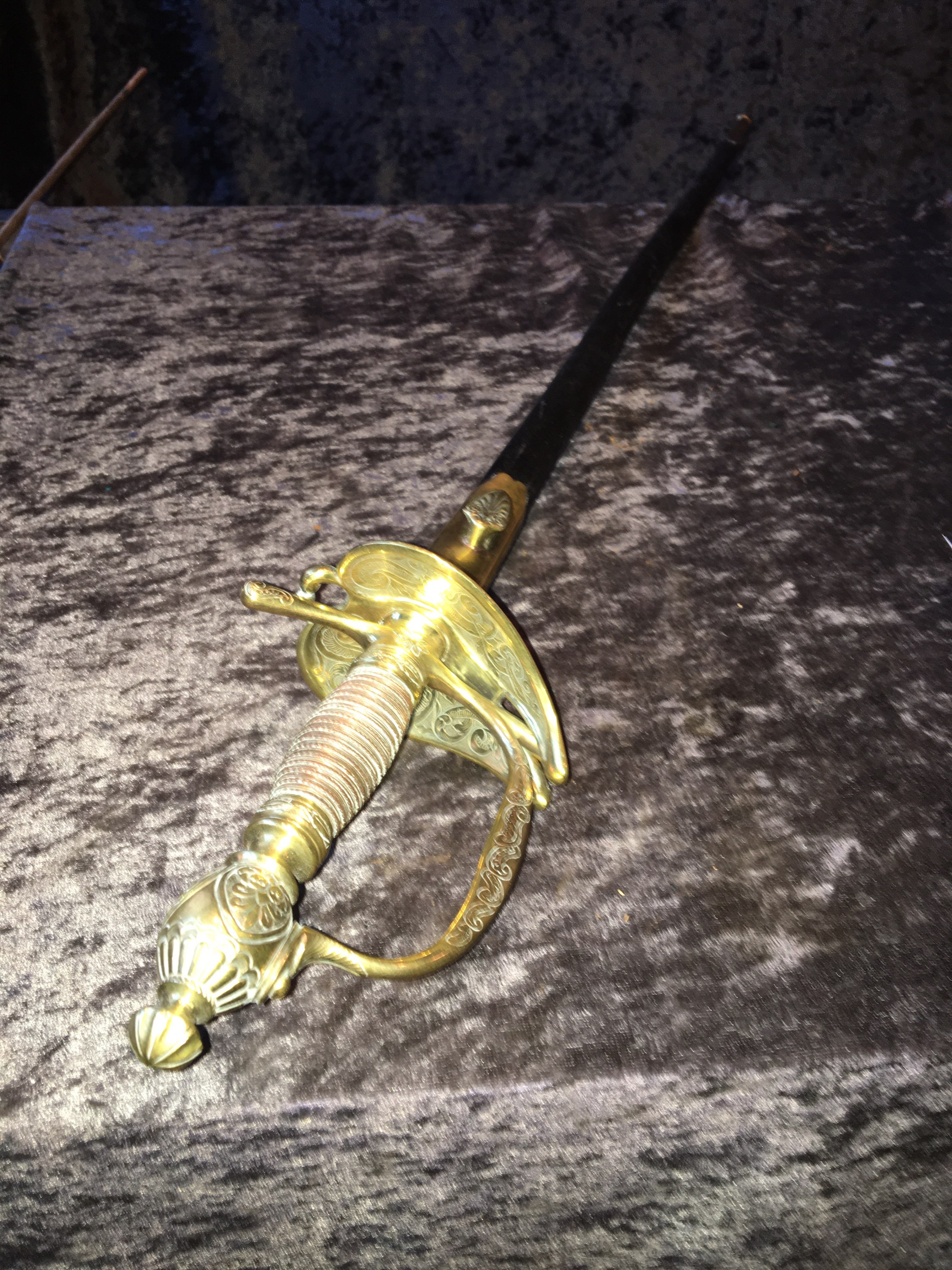
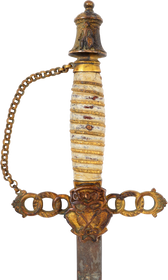
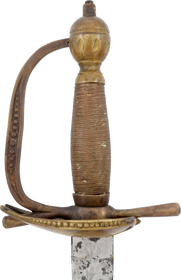
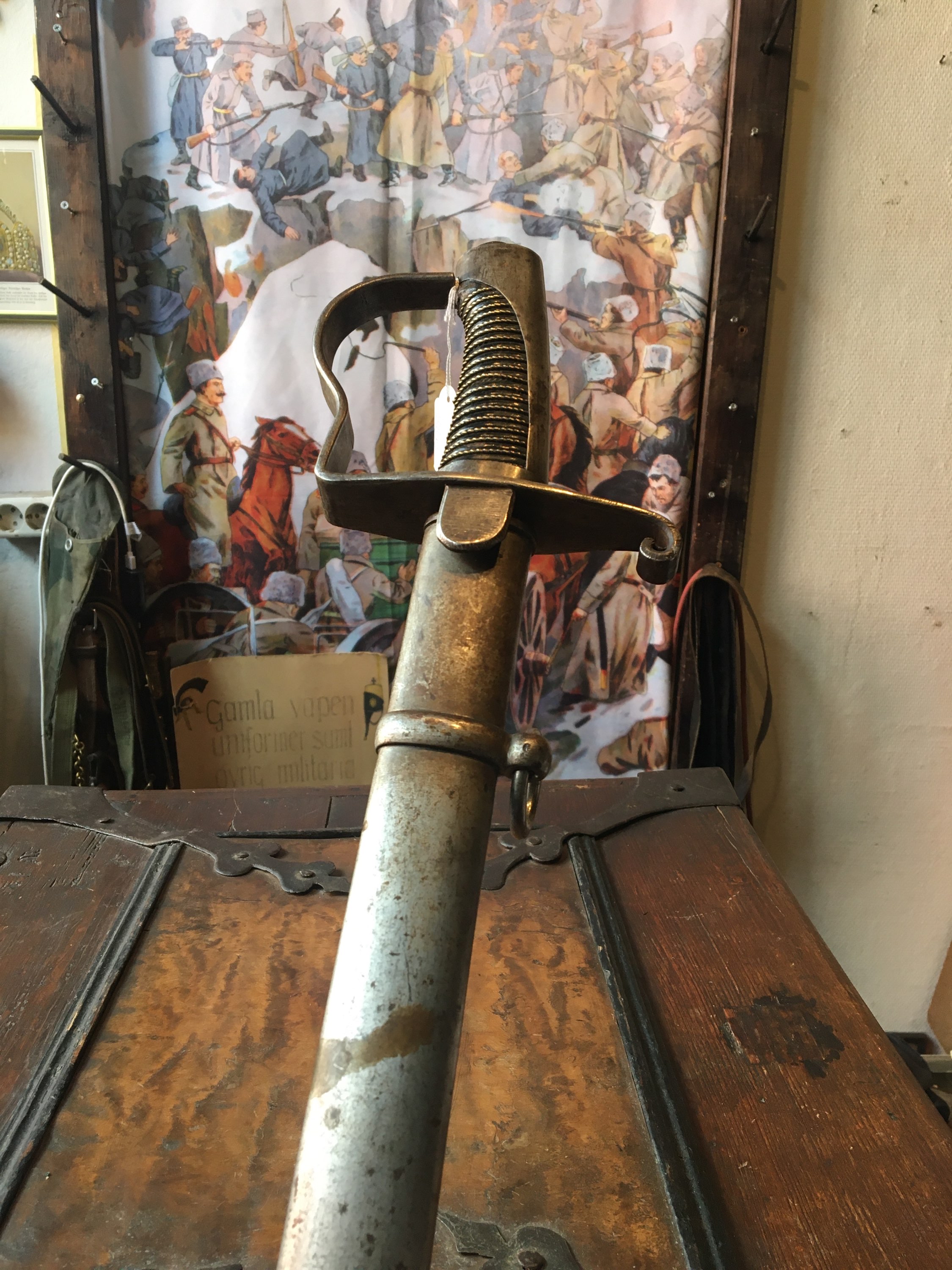




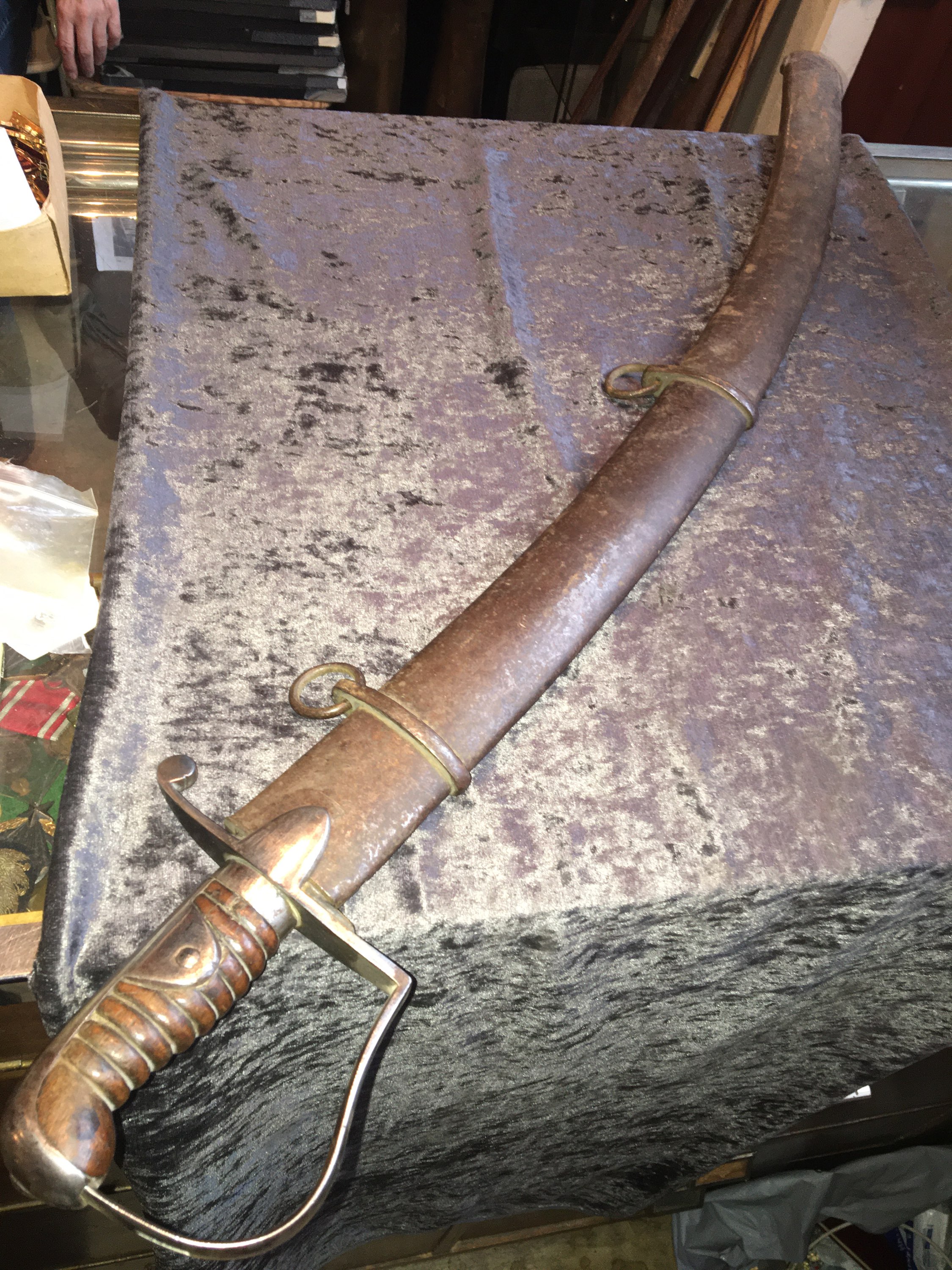
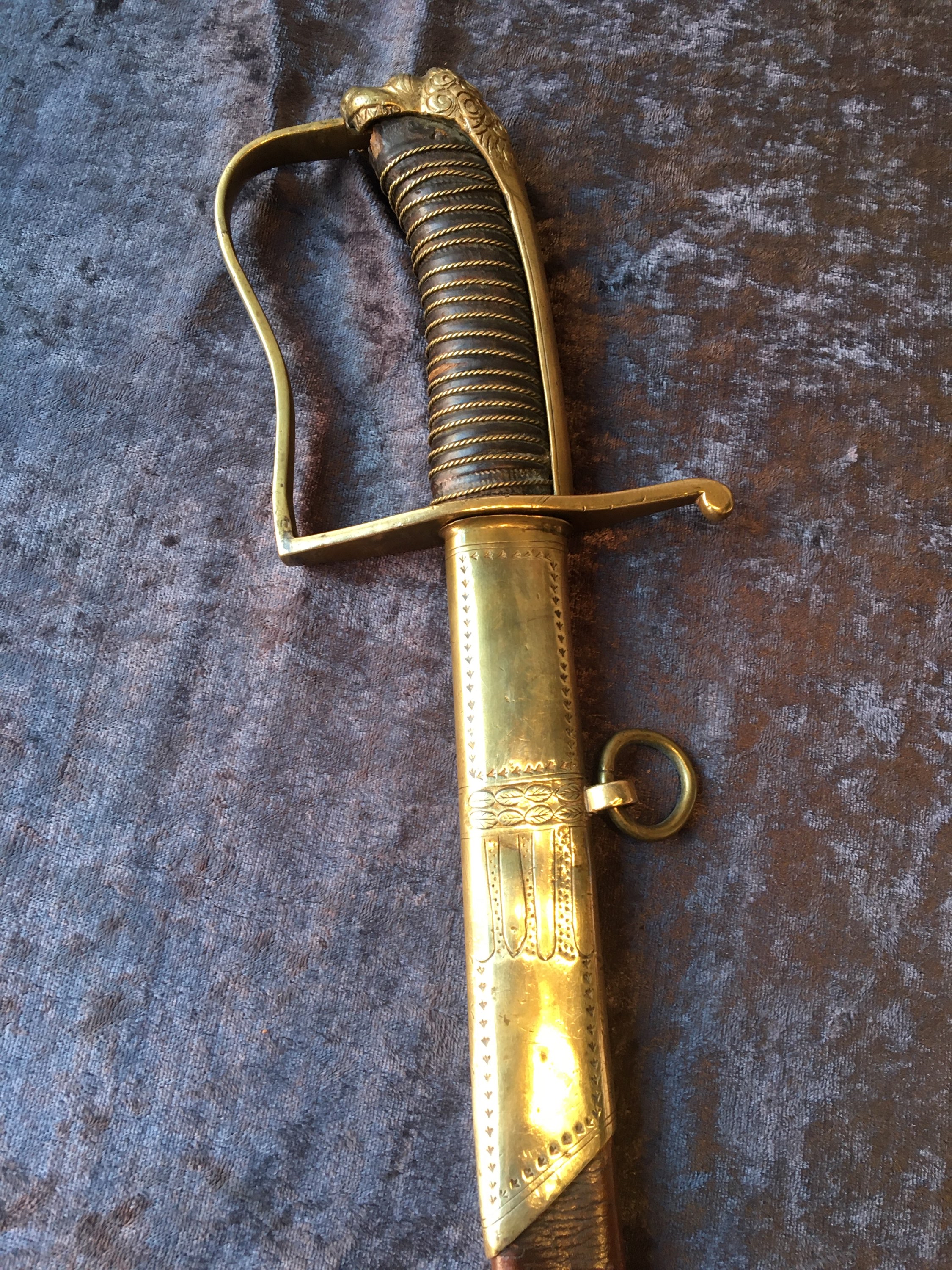
.jpg)

.jpg)
.jpg)






.jpg)
